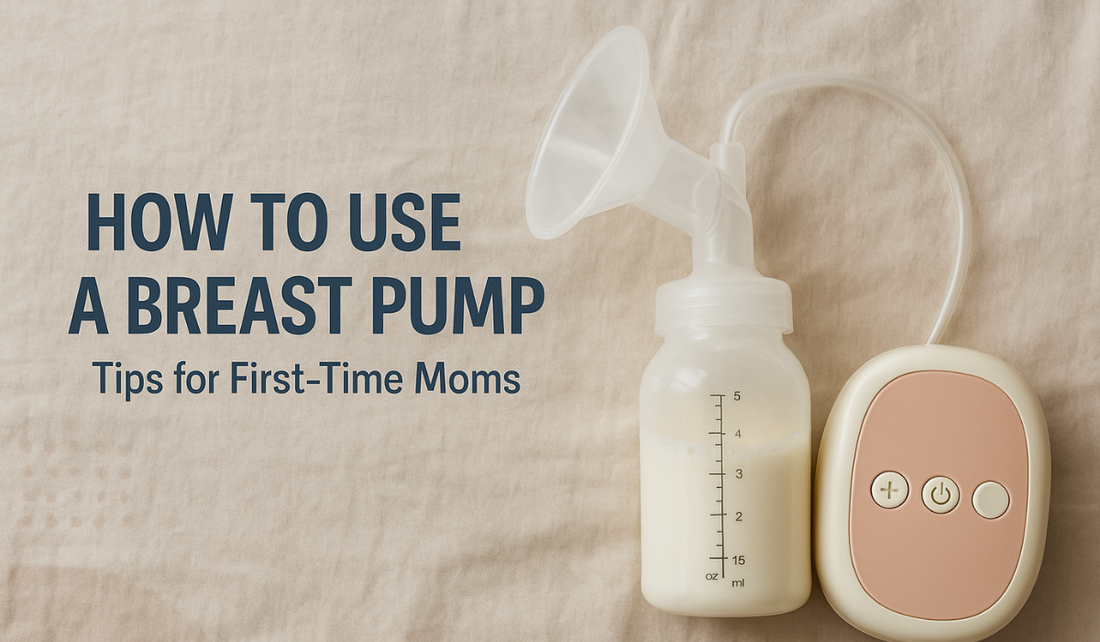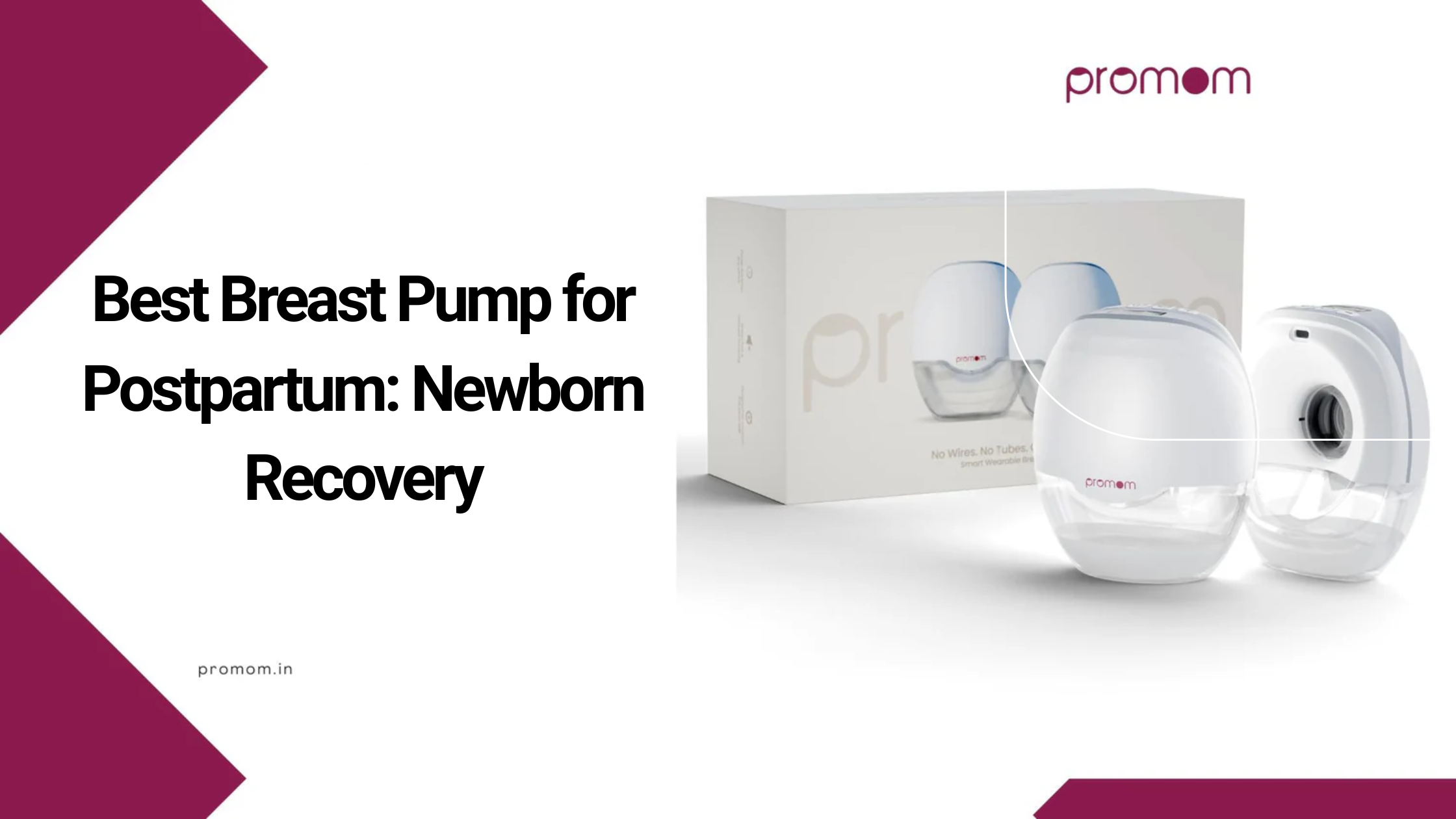
How to Use a Breast Pump: Tips for First-Time Moms
Being a new mother involves many changes, new things to figure out, and endless decisions. Deciding on nutrition for your baby is one of the key early decisions to make. If you are considering combining breastfeeding and pumping, getting a breast pump can make things easier to manage. You should learn how to use a breast pump if you’re returning to work, sharing feeding duties with another person, or trying to boost your milk production.
In this guide, you’ll learn the essentials of using a breast pump, along with suggestions to help you sail through the pumping process.
What is the purpose of a breast pump?
A breast pump is designed to get milk from your breast. Some pumps are manual, others run on electricity, and there are hospital-grade models as well. Picking the suitable model depends on the way you live, the money you have, and how much you plan to use the pump. You should use an electric pump regularly, but manual pumps are very affordable and useful for travel or pumping less often.
Step-by-Step Guide to Using a Breast Pump
1. Wash Your Hands and Prepare the Pump
Always start by cleaning your hands well. Follow the directions from the manufacturer to put together all the parts of the breast pump. Wash and completely dry each part to avoid microorganisms and maintain a safe and effective pumping process.
2. Get into a Comfortable Position
Set yourself up in a cosy place with pillows behind you, if they help. A lot of mums say sitting slightly forward allows the milk to flow more easily. Using a soothing atmosphere helps me do more effective and stress-free pumping.
3. Align the Flange Properly
Locate the position where the flange gets close to both the nipple and the areola without squeezing or hurting you. When a flange fits well, it helps you get more milk and also prevents discomfort. If the band feels uncomfortable or is too tight, look for a bigger or smaller size.
4. Start Pumping
Pump on the low setting initially, working up to a more comfortable pressure. Turn on the "let-down" mode to bring out your milk, then switch to "expression" mode to empty the breast. Let milk down from the breast by pumping for 15–20 minutes or until you see it slowing down.
5. Place the milk in the fridge.
Put the expressed milk into clean bottles or bags and label them with the date and time. Keep refrigerated milk in the fridge for 4 days or place it in the freezer for up to 6 months. Keeping milk in a proper way ensures your baby is provided with fresh and safe milk whenever they drink it.
Tips for First-Time Pumpers
Drink water and eat nutritious foods.
Producing milk well requires your body to get more fluids and nutrients. Always include lots of water in your day, and try to have meals that include protein, fruits, and vegetables. Eating healthy meals directly helps your milk supply and energy.
Be Consistent
Plan your pumping around when your baby is hungry for milk. If you feed the baby and then pump milk every 2 or 3 hours, it helps your supply stay good and get stronger. If you start off pumping little, consistent pumping will get your body to produce more milk.
Using Massage and Warm Compress
Slightly massaging your breasts ahead of and during pumping can improve milk flow and stop clogged ducts. Heating the pumping area with a warm compress for about five minutes can help you let down, which in turn helps your sessions go well.
Don’t Stress
Milk production and let-down may be interrupted by stress and anxiety. You might relax by breathing slowly, listening to peaceful music, or looking at a picture of your baby. If you are calm, pumping can be less difficult and more enjoyable.
Try Using Pumping Supports for Better Comfort
We realise that combining breastfeeding and pumping can bring satisfaction as well as difficulties. For this reason, we sell both top-rated breast pumps and different types of accessories that let you work comfortably. Our wide range of pumps, choosing bottles and storage, and other accessories are recommended by experts and fit any schedule.
Final Thoughts
At first, using a breast pump might seem difficult, but gradually, patience and help make it something you do comfortably. All mums have special experiences, so take care of yourself when you are learning. Keep drinking water, take breaks when needed, and trust your feelings.
Whether your goal is to freeze some milk, go back to work, or trade turns feeding, every time you express you are caring for and loving your baby. Remember that any way you feed your child, the purpose is bonding and nutrition. You deserve a lot of credit for what you do each day.


